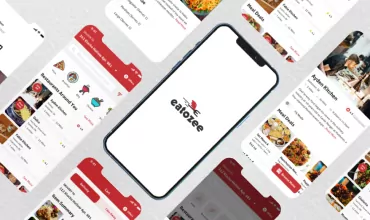Google+ Users Can Now Mail You Without Your Email Address

Table of Contents
Don’t be surprised if you receive emails from strangers!
In its attempt to expand your digital address book, Google has come up with a new feature. The feature would enable Google + users to email others on the network without actually getting their email address. The move presents users with a double edged sword – it would be easy for people in your circles to mail you even if you haven’t exchanged emails. But, on the other hand, random strangers in your extended circles could easily email you.
After a failed attempt at social networking through Google Buzz, which was controversial for weak privacy and opt-out settings, Google hopes to make a positive impact on social media with this new feature. Again an opt-out feature, the technology giant seems to be adamant to take on Facebook’s dominance in communication and complete disregard for emails. This time it plans on evading legal action by formally announcing the roll-out and also by sending emails to Gmail users letting them know of the change.
Though Google+ users were able to message each other through Hangouts, the email functionality aims at providing a professional and personalized mode of interaction. The limitations of hangouts can be easily overcome by the mailing option wherein it’s possible to send other information including their profile info.
The upside to the new feature is that the user can choose to remain indifferent and not respond to those emails, as mails from people outside your circles would appear in a separate tab in the inbox – the “Social” Tab. Also, when users agree to receive mails through this feature, they are not compromising their email address. The address remains private until the user opts to respond to an email he/she received via Google+.
Once the rollouts are done, Google+ users would only have to type the recipient’s name in the “To” box of the email and the various profile images would appear from which the user would have to choose the right recipient.



